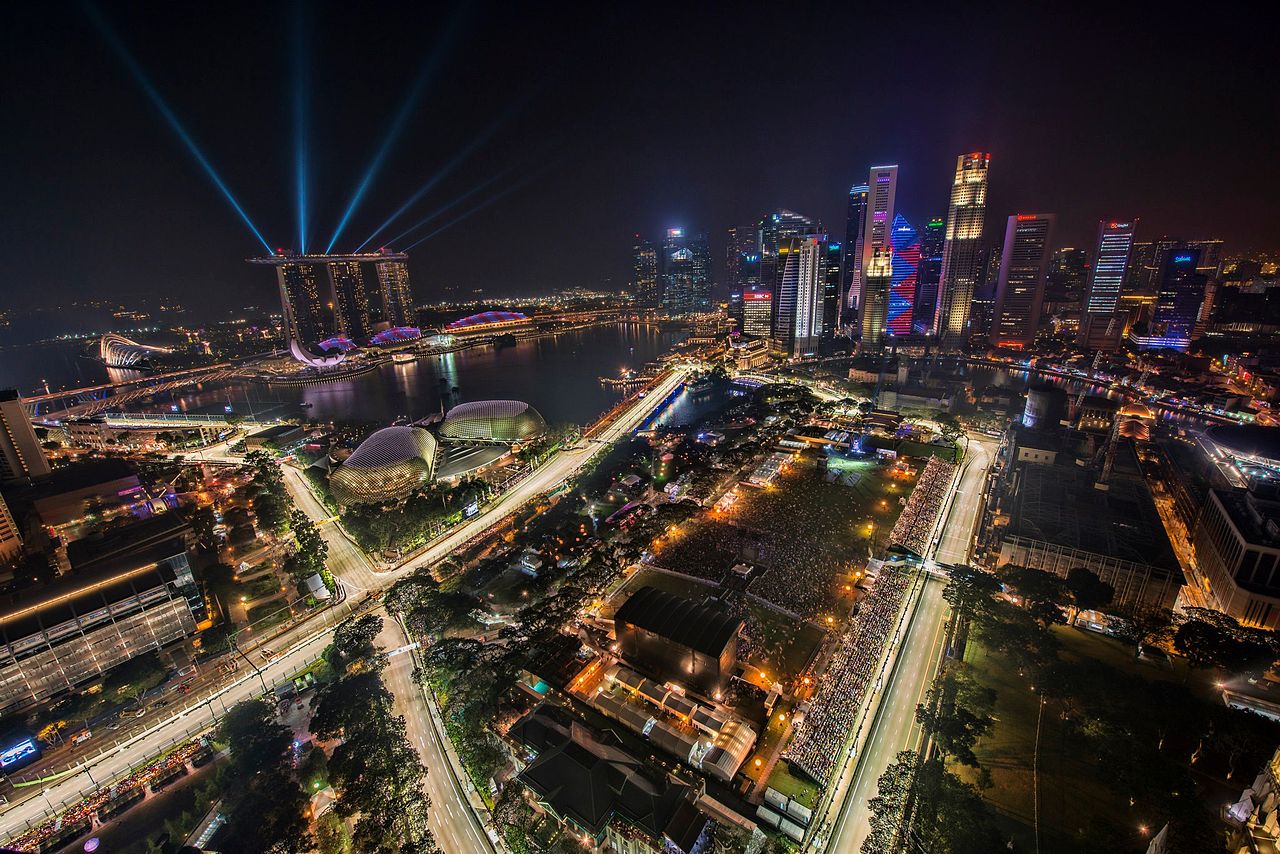Singapore is fast becoming the Monte Carlo of Asia and is often similarly described as the playground for the rich. Just 684 square kilometers in size, Singapore is the smallest country in Southeast Asia and at a mere 2 square kilometers, Monaco is also punching well above its weight. The Asian country shares many characteristics of its European counterpart.
Singapore can boast a low crime rate, a green environment, and an enviable public transportation system. It is considered a great place to live (and in both countries, the life expectancy is over 85 years) as well as work and play, a description that is also attributed to Monaco.

In the 1970s, the Singapore Tourism Board started marketing the city as a venue for conventions and other organized events to increase occupancy rates. Eventually, occupancy rose as high as 90%, as a result. Singapore’s manufacturing sector is dwindling, but the services industries, which have been encouraged to thrive, have continued to create jobs. The World Bank has dubbed it one of the world’s “easiest places to do business” as there is high transparency, reliability, and a pro-business government. Singapore also increased its attractions within the last 10 years to include a Universal Studios theme park, gaming establishments, and the famed Singapore Flyer, a huge Ferris wheel experience with air-conditioned pods.

Singapore also enjoys a thriving street racing industry. The Marina Bay Street Circuit even closely resembles Monaco, drivers claim, so enthusiasts compete on a stage that feels right at home. The Singapore Grand Prix is Formula One racing’s original night race, run on a 5.073-kilometer street track through the city’s heart. The race is held at night to avoid the blistering temperatures of the day.

Singapore, like Monte Carlo, is also famous for its food festivals like the month-long food festival that was born in 1994 and is now an annual event organized by the Singapore Tourism Board. International chefs travel from all over the world to showcase delightful food to suit every palette. Clearly, Singapore is seeking to wrest that title of Gourmet Capital of the World from the Monegasque grasp. It will be hard work, though, as Singapore is competing with the likes of the Monte-Carlo Gastronomie, which is one of the premier exhibitions for the food and beverage industry.

Singapore also possesses a unique and diverse culture that will help attract the adventurous food lovers to its shores. Modern Singaporean culture (mod-Sin) merges with contemporary dining and is enriched by the Malay, Chinese, Indian, and Western influences.
The safety and cleanliness of the country are comparable to Monte Carlo. Spitting in the street and chewing gum are unheard of. Green spaces are also being created in Singapore, and the country received its first sought-after UNESCO World Heritage nomination for the botanic gardens and the Gardens by The Bay. A number of green initiatives have likewise made Monaco one of the most environmentally sensitive countries in Europe and green spaces there have also gradually increased.
Today, there is a concerted effort aimed at rebranding Singapore as a global city. The goal is to take the attractiveness and buzz of multi-faceted Singapore and gradually morph it into the Asian Monte Carlo. It will become a playground for the rich in its own right, bringing more prosperity to the country.






